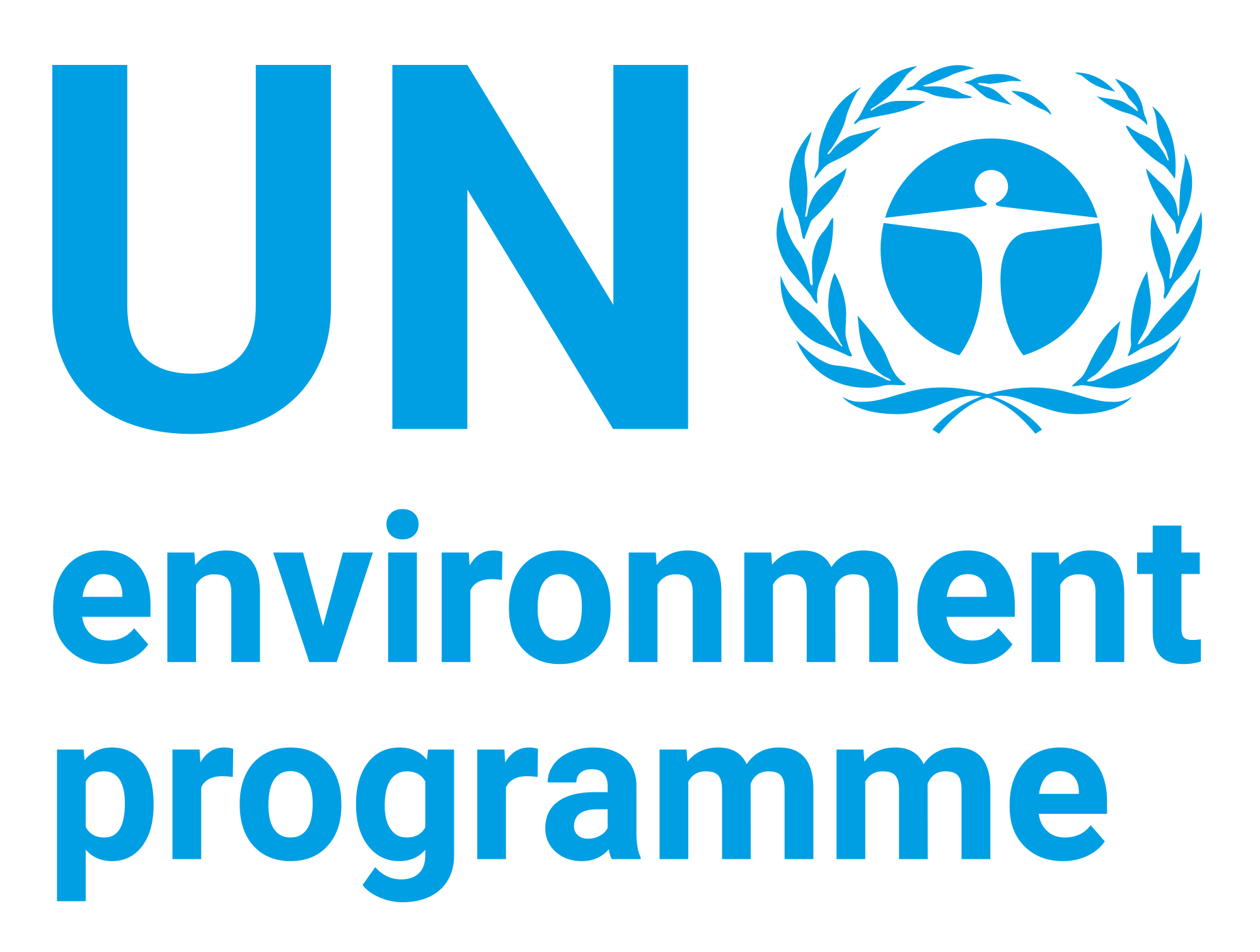| dc.contributor.author | United Nations Environment Programme | |
| dc.coverage.spatial | Global | |
| dc.date.accessioned | 2016-10-11T19:59:54Z | |
| dc.date.available | 2016-10-11T19:59:54Z | |
| dc.date.issued | 2003 | |
| dc.identifier.isbn | 92-807-2288-3 | |
| dc.identifier.other | 3243 | |
| dc.identifier.uri | https://wedocs.unep.org/20.500.11822/7796 | |
| dc.description | In the last decade, the refrigeration, air conditioning and heat pump industry made tremendous technical progress and complied with the Montreal Protocol through phasing out CFCs and, in several applications, HCFCs as well. The mobile air conditioning and the domestic refrigeration industries have shifted rapidly from CFC-12 to non-ODS refrigerants. Other applications, such as chillers and commercial refrigeration, have shifted from CFCs to HCFCs and HFCs or other fluids. The requirement to phase out CFCs and eventually other ODS, along with considerations to reduce global warming impacts, has spurred unprecedented transitions. Differences in timing and in choosing options between countries have been influenced by regional and national regulations. | |
| dc.language | English | |
| dc.publisher | UNEP | |
| dc.relation | 421 | |
| dc.rights | Public | en_US |
| dc.title | 2002 report of the refrigeration, air conditioning and heat pumps technical options committee (RTOC) | |
| dc.type | Reports, Books and Booklets | en_US |
| wd.identifier.sdgio | http://purl.unep.org/sdg/SDGIO_00000041 | |


